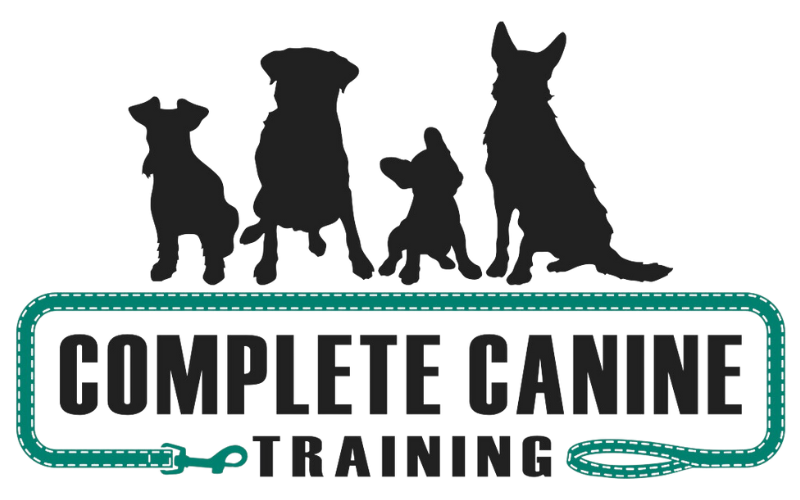When used properly, a Herm Sprenger prong collar can be one of the most effective and humane communication tools in modern dog training. Despite common misconceptions, these collars are not about causing pain. They're about delivering clear, consistent feedback in a way that dogs naturally understand. Let’s break down how prong collars work, how to fit them correctly, and why proper conditioning is crucial to success.
What Is a Herm Sprenger Prong Collar and How Does It Work?
Herm Sprenger prong collars are designed with evenly spaced, blunt prongs that rest around the dog's neck. When gentle pressure is applied via the leash, the collar tightens evenly around the neck.
Unlike flat collars or choke chains, which create pressure on the trachea or pull unevenly, a properly used prong collar distributes pressure evenly and avoids sensitive structures like the windpipe. This makes it a mechanically efficient and safe option when handled with care and education.
How to Fit a Herm Sprenger Prong Collar Correctly
The number one mistake people make with prong collars is improper fit. An incorrectly sized or positioned collar can render the tool ineffective.
Size Matters: Choose a prong collar with 2.25mm or 3mm links depending on your dog’s size. The 2.25mm is commonly used for most dogs due to its more refined action. Smaller prongs activate faster with less leash movement. Larger prongs may require more movement or leash pressure to communicate the same message.
High and Snug: The collar should sit high on the neck, right behind the ears—not low near the shoulders. It should be snug enough to stay in place without sliding around but not so tight that it causes constant pressure.
Remove/Add Links: Prong collars are adjustable by adding or removing links.
Use a Safety Backup: A secondary safety clip to your dog’s flat collar can prevent escapes in case the prong collar comes undone.
The Importance of Conditioning Your Dog to the Prong Collar
Just like any training tool, a prong collar should never be introduced without proper conditioning. Dogs need to learn what the collar means and how to respond to the pressure.
Conditioning ensures the collar becomes a neutral piece of training equipment—not a punishment tool—and sets the foundation for clear communication and trust.
Why Use a Prong Collar?
We often recommend Herm Sprenger prong collars as part of a balanced training plan for a few key reasons:
1. Clearer Communication
The prong collar gives clearer, more consistent feedback with minimal effort. This is especially helpful for dogs that are strong, distracted, or overly aroused in stimulating environments.
2. Safety for Handlers
Many dog owners face physical limitations such as arthritis, previous injuries, or smaller stature. A prong collar allows them to walk, train, and manage their dog safely without having to rely on strength or excessive pulling.
3. Neutrality Over Force
When used properly, the collar acts like a seatbelt: it’s not engaged unless necessary. The goal is always a loose leash and a relaxed dog—not constant pressure.
4. Success Where Other Tools Fail
We’ve worked with countless clients who tried no-pull harnesses, head halters, and flat collars without success. For many, the prong collar is what finally allows for breakthroughs in leash walking, reactivity work, and public access readiness.
Final Thoughts: It's a Tool, Not a Shortcut
At Complete Canine Training, we don’t rely on one-size-fits-all solutions. The Herm Sprenger prong collar is just one tool in our training toolbox, and when used correctly with proper fit, conditioning, and context, it can be life-changing for both dogs and their humans.
If you're curious about whether a prong collar is right for your dog, we’d love to walk you through the process and help you get the best results in the safest way possible.
We purchase our Herm Sprenger prong collars from Katie’s Buckles, and we buy our backup connectors from Cody’s Creations on Etsy.


